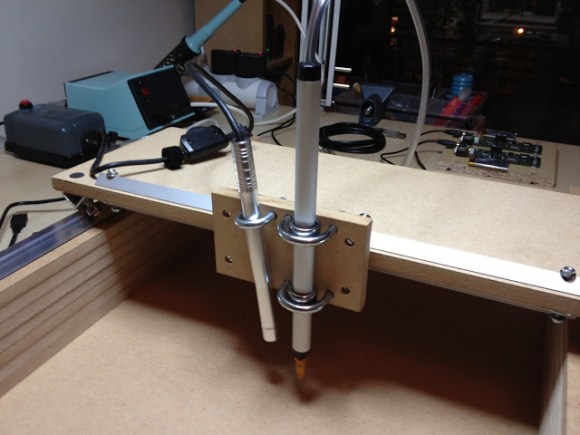
We’ve seen hundreds of builds tinker around with the GPIO pins on the Raspberry Pi. They’re great for bridging the gap between physical sensors and a virtual world, but there are a few more unused and ignored pins on the Raspberry Pi. The folks at the Raspberry Pi foundation are finally giving these unused pins a life of their own with the new camera module for our favorite single board computer.
The specs for the camera are fairly impressive – it can record H.264 video at 1080p and 30 frames per second. Best of all, it costs only $25.
There are a few more hurdles to pass before the Raspi foundation can send this board out to manufacturers. They still need to make sure the ribbon cable doesn’t emit any interference, but if all goes right the camera module should be available early next year.
You can see the camera in action in the video after the break. If you listen closely you can hear [Rob Bishop] of the Raspi foundation say they’re also working on a display add on for the other unused pins on the Pi, something we can’t wait to see.
Continue reading “Raspberry Pi Camera Board Coming Early Next Year”












